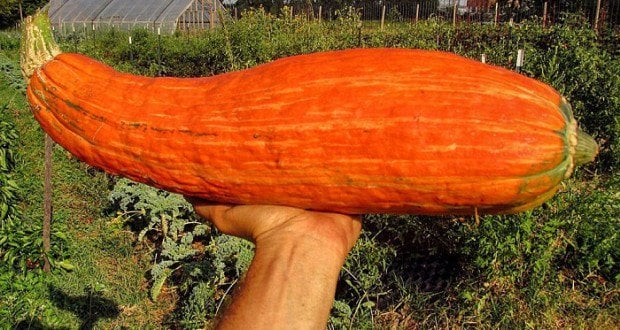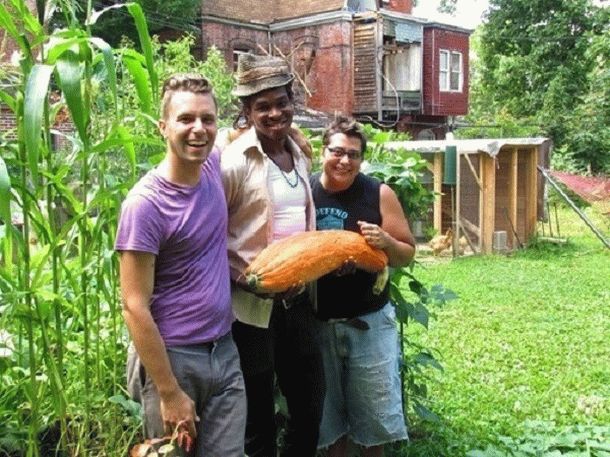Art World
Extinct Squash Revived from Seeds Stored for 800 Years in a Clay Pot
Archaeologists reportedly discovered the seeds in 2008.

Archaeologists reportedly discovered the seeds in 2008.

Sarah Cascone

Thanks to seeds discovered in an ancient pot, students at Winnipeg’s Canadian Mennonite University have helped to revive an extinct variety of squash, reports APTN National News. The seeds, which reportedly carbon-date to 850 years ago, had been lost for generations, but were luckily still viable.
During a dig on First Nation’s land in Wisconsin, archaeologists allegedly discovered the forgotten heirloom seeds inside “a clay vessel about the size of a tennis ball,” Brian Etkin, Garden of Learning coordinator, told APTN.
Other unexpected North American archaeological finds include what could be America’s oldest casino, as well as the US’s oldest artwork.
After careful cultivation, the students have been able to regrown the once-lost vegetable, using it to prepare a harvest feast. The squash’s scientific name is cucurbita maxima, but it has been dubbed Gete Okosomin, which means “cool old squash” in Anishinaabe, an indigenous Canadian language.

The Gete-okosomin squash, thought extinct, has been revived thanks to 800-year-old seeds discovered in an ancient clay pot. Photo by Eli Green, courtesy of Seedkeeping Tumblr.
The seeds were originally found on the Menominee Reservation near Green Bay, Wisconsin, in 2008, and have slowly been shared with different gardeners in Canada and the US, thanks to seed keepers at White Earth Land Recovery Project in Minnesota. It was the recovery project’s founder, Winona LaDuke, who gave the squash its contemporary name.
“This squash is representative of a tribe of a large community, and food being a right of citizenship,” said Etkin.

The Gete-okosomin squash, thought extinct, has been revived thanks to 800-year-old seeds discovered in an ancient clay pot. Photo by Owen Taylor, courtesy of Seedkeeping Tumblr.
Owen Taylor of the Seedkeeping Tumblr, who successfully grew the Gete Okosomin in Pennsylvania this summer, declared it “delicious” with “hints of melon, terrific texture, and abundant flesh.” We’re ready to add it to our Thanksgiving menu!